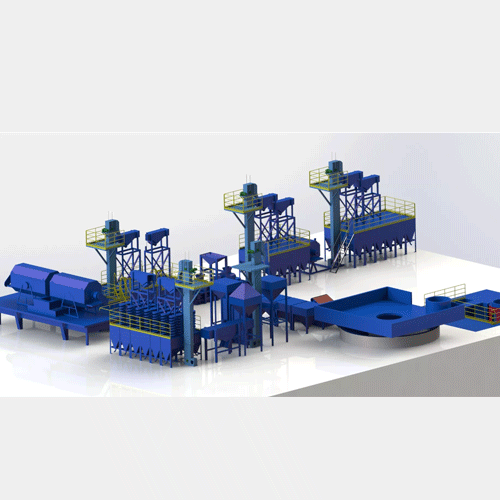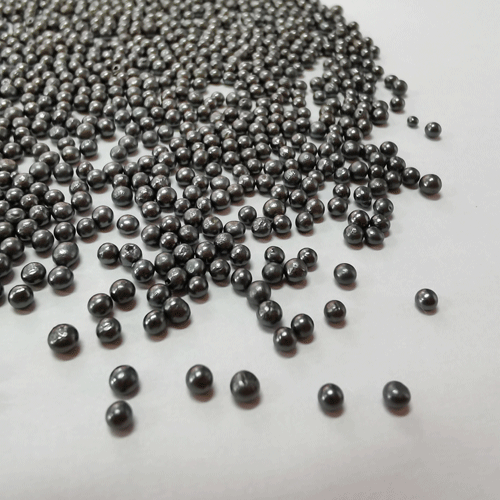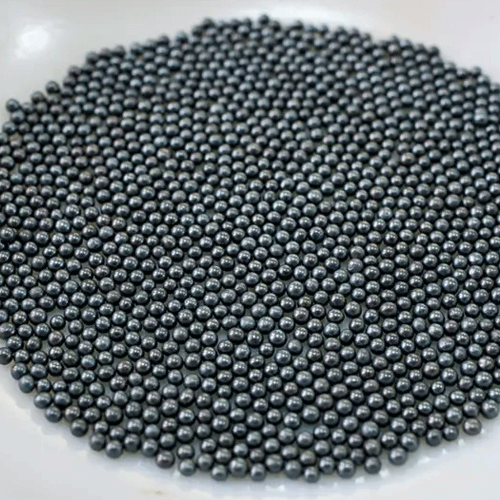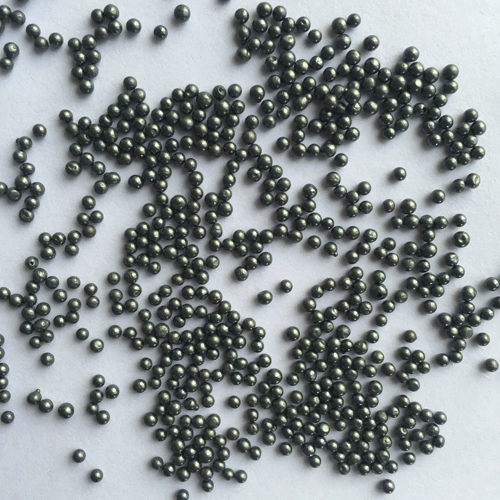The influencing factors of the workpiece surface roughness are the size of the steel shot
1) The actual bonding area between the coating and the workpiece surface is increased, which is beneficial to improving the coating bonding strength. Statistics on the size of steel shot and the ratio of actual surface area to theoretical surface area.
2) The coating will generate large internal stress during the curing process. The existence of surface roughness can effectively eliminate stress concentration in the layer and prevent the coating from cracking.
3) The existence of surface roughness can support the quality of part of the paint and help eliminate sagging. This effect is particularly obvious for vertically painted surfaces.
Surface roughness is caused by the combined effects of impact, cutting and erosion when steel shot and steel grit particles contact the surface at a very high speed. Therefore, the size, hardness, particle shape, hardness of the workpiece itself, compressed air The pressure, the distance between the nozzle and the workpiece surface, and the angle between the nozzle and the normal direction of the workpiece surface determine the size and contour shape of the surface roughness. Surface roughness, like surface cleanliness, must also be determined by corrosion engineers based on coating requirements. The main basis for determining the surface roughness value is the type of coating and the thickness of the final coating.
In the absence of the conditions or technical information required to establish the surface roughness value, the surface roughness value can be temporarily determined to be between 25% and 30% of the final coating thickness. If the surface roughness value is low, it is not conducive to improving coating adhesion; if the surface roughness value is high, the coating thickness specified in the coating design may not be able to cover all the peaks in the surface roughness. Pitting corrosion will occur, causing premature failure of the coating. Maintaining the consistency of the abrasive particle size throughout the shot blasting process is a necessary prerequisite to ensure consistent surface roughness. Abrasives with different uses must not be mixed or substituted.
 Grinding Applications in the Automotive Industry
Grinding Applications in the Automotive Industry
 Tips and features for using shot blasting machine steel shots
Tips and features for using shot blasting machine steel shots
 Applications of low carbon steel shot
Applications of low carbon steel shot
 The influence of steel shot quality on cleaning effect
The influence of steel shot quality on cleaning effect